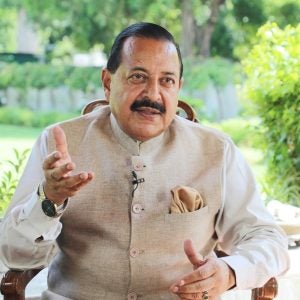Westinghouse (now part of Canada’s Brookfield) and its eight European consortium partners on 12 March announced the successful completion of a European Union (EU) funded project targeted at diversifying the nuclear fuel supply for Russian designed VVER-440 reactors in Europe.
“The consortium has developed a conceptual fuel design and determined how the manufacturing and supply chain can be reestablished to build and ship VVER-440 fuel assemblies, similar to what was done by Westinghouse and ENUSA for the Loviisa Nuclear Power Plant in Finland in 2001-2007,” the company said.
“In addition to the fuel design, the consortium has setup and verified the associated methods and methodology to be applied for the licensing and use of a new fuel design.”
Aziz Dag, Westinghouse vice president and managing director, Northern Europe said the project had prepared the company "very well" for manufacturing and delivery of VVER-440 fuel to European utilities, creating a viable alternative to today´s single source of fuel supply. “Many of the countries in Eastern Europe rely heavily on nuclear energy, and strengthening their energy security is therefore strategically very important,” Dag added
Westinghouse has been leading the project known as European Supply of Safe Nuclear Fuel (ESSANUF) since September 2015. Its partners include: VUJE (Slovakia), ÚJV Řež (Czech Republic), Lappeenranta University of Technology (Finland), the National Nuclear Laboratory (UK), NucleoCon (Slovakia), the National Science Centre Kharkov Institute of Physics and Technology (Ukraine), the European Commission Joint Research Centre in Karlsruhe and ENUSA Industrias Avanzadas (Spain).
The programme is funded by the EU’s Euratom Research and Training Programme (2014-2018) which forms part of Horizon 2020 (H2020), the EU’s Research and Innovation programme (Grant Agreement 671546).
Five EU member states, Bulgaria, the Czech Republic, Finland, Hungary and Slovakia, operate Russian reactors – four VVER-1000 and 14 VVER-440 type units. They currently receive fuel supplies from Russian fuel company Tvel.
At the same time, Tvel (part of Russian state nuclear corporation Rosatom) has already developed TVS-K fuel for Western-design pressurised water reactors, which is currently undergoing pilot operation at Sweden’s Ringhals NPP. Tvel says the final TVS-K product is compatible with Western-design reactors, but it is fundamentally different from foreign fuels in terms of fuel assembly design and technology and incorporates the best characteristics of VVER-1000 fuel. The original solutions for the spacer grid and skeleton give the fuel enough rigidity. It also allows for five years of operation while maintaining the original geometry and a higher burnup range (about 70GWd/tU) without compromising safety and reliability. In 2019/20 the fuel assemblies will be discharged for post-irradiation examination in hot cells and analysis of design criteria compliance. The results will be presented to the safety authority in Sweden. However, Vattenfall Nuclear Fuel and Tvel have already signed a commercial contract for the supply of TVS-K fuel starting in 2021.
Lean more about the Diversification of the VVER fuel market






